Constraints help prevent overwhelm when there is an abundance of options but can be even more useful when there are only a few. Attentive readers may have noticed that I have been working my way through an alphabet of photographers: Arbus, Brandt, Capa, Doisneau, Eggleston, Frank, Goldin, Halsman, and Iturbide. I didn't know any photographer whose name began with J, so was glad that my alphabetical framework forced me to discover someone new.
This week we turn to Frances Benjamin Johnston (1864–1952), a pioneering photojournalist who didn't allow gender to get in the way of her career at a time when women were often excluded. However, I feature her here not because she was a woman or a lesbian, but because the photographs are compelling. Look at the amazing compositional dance in this scene of students at work.
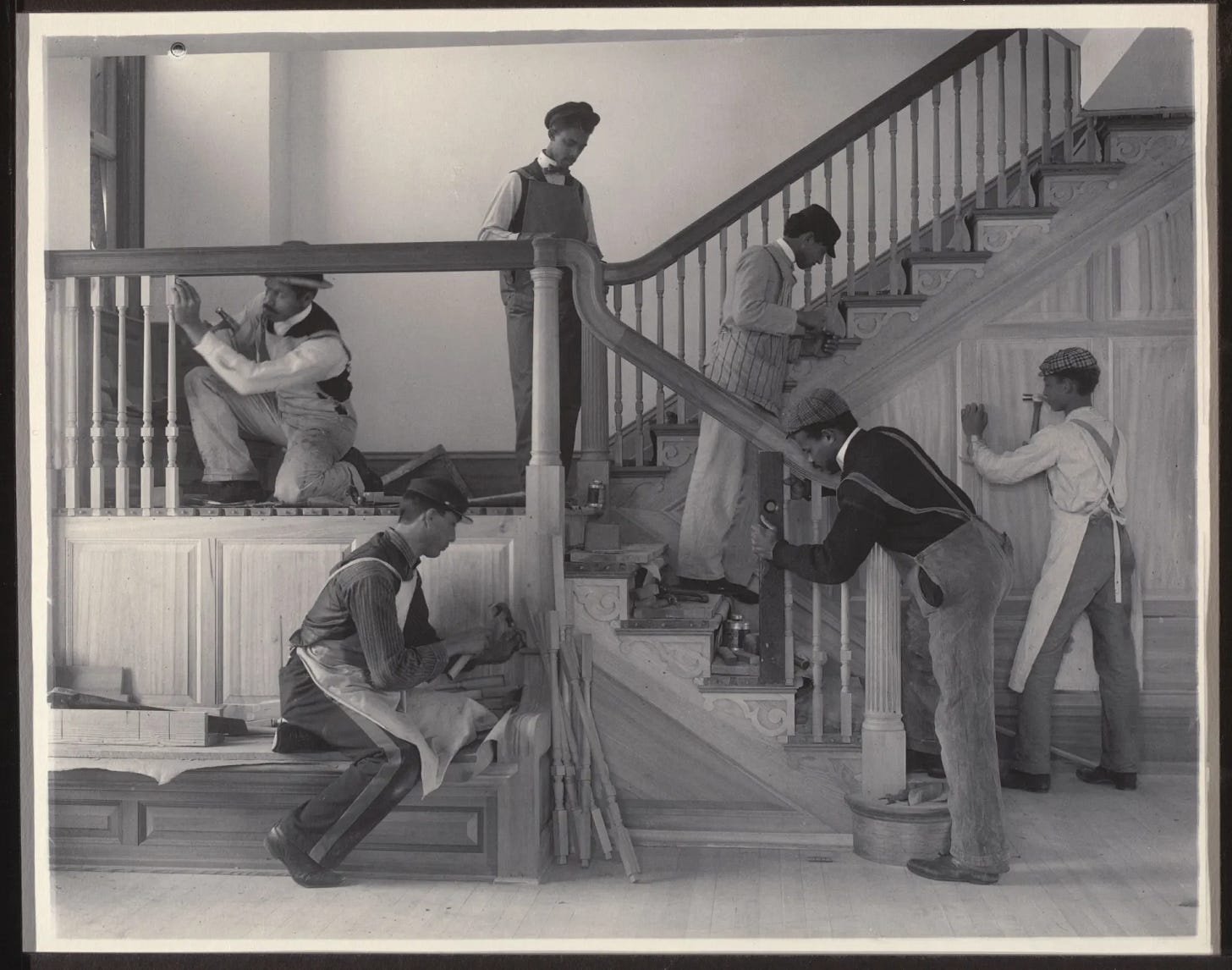
It was Johnston’s empty staircases that confirmed to me that she was worthy of attention. They are sculptural and enticing.
They convey a sense of what it means to be sent upstairs. My imagination can’t help but follow them.
Even when they are secondary to the picture they take on a symbolic quality.
When we look at the work of a Victorian photographer, we tend to lower our expectations. We allow for the fact that they endured technical obstacles. We patronise them because they don’t have our sophisticated visual language. And, indeed, it’s true that much of Johnston’s huge archive (there are 9,934 images on the Library of Congress website) of conservationist architectural photography is rather functional. Perhaps she needed more constraints for artistic flourishing. She certainly had a privileged upbringing.
Johnston grew up in Washington DC, with a journalist for a mother and a Treasury Department civil servant for a father. George Eastman was a close family friend and gave her one of the first Kodak cameras. With her social connections, she had access to some of the key figures of the era and was the official White House photographer for five presidents.
Mark Twain was a big celebrity and although many pictures of him exist, Johnston’s portrait is special. I like that he doesn't seem big enough to fill his own public persona, shrinking beneath his moustache, eyebrows, and white suit.
In her essay on how to be a photographer, Johnston writes:
Do not attempt to pose people, or to strain our sitters into uncomfortable or awkward positions, in order to obtain picturesque effects. Watch them, and help them into poses that are natural and graceful. Study their individuality striving to keep the likeness, and yet endeavoring to show them at their best.
This calm, alert portrait of Booker T Washington shows she could put this advice into practice.
The 1890s were a time for radical self-experimentation and the bicycle was an especially powerful source of symbolic power for women, perhaps inspiring Johnston’s self-portrait in drag. Such images have gained resonance in recent years, as we grapple with issues of gender and sexuality.
Indeed, her picture of women kissing, though chaste and awkward, must have felt impossibly bold at the time. The apple in the hand presumably referring to the biblical loss of innocence.
Although only an infant when the American Civil War ended, the postbellum world was an opportunity to heal wounds and see the country anew. For Johnston, it led to journalistic commissions that took her into the lives of black people, into a world that would otherwise be lost.
In this brief survey, it has been tricky to get a handle on Frances Benjamin Johnston. Her long life and varied oeuvre lack an obvious narrative arc. Hopefully, this post acts as a spur to others to find one.
The photos in this article are used for criticism and review under the Fair Dealing provision of UK Copyright Law. All rights to the image remain with the photographer/copyright holder. This use does not claim any rights to the original work and is not for commercial purposes.
If you want to read more on neglected female photographers, check out the Substack of
who wrote a great piece about Imogen Cunningham recently.This week I’ve been at the Glasgow Film Festival and interviewed Gary Lennon, a film-maker who has made a documentary about the Pulitzer Prize-winning photojournalist Cathal McNaughton. Read more here:
I Dream in Photos
Why did Cathal McNaughton, a celebrated photojournalist who won a Pulitzer Prize for his work documenting the Rohingya Muslims, give up his career to live in a cottage in a remote part of Northern Ireland? This is the subje…


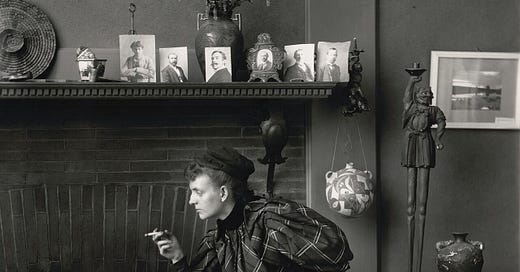



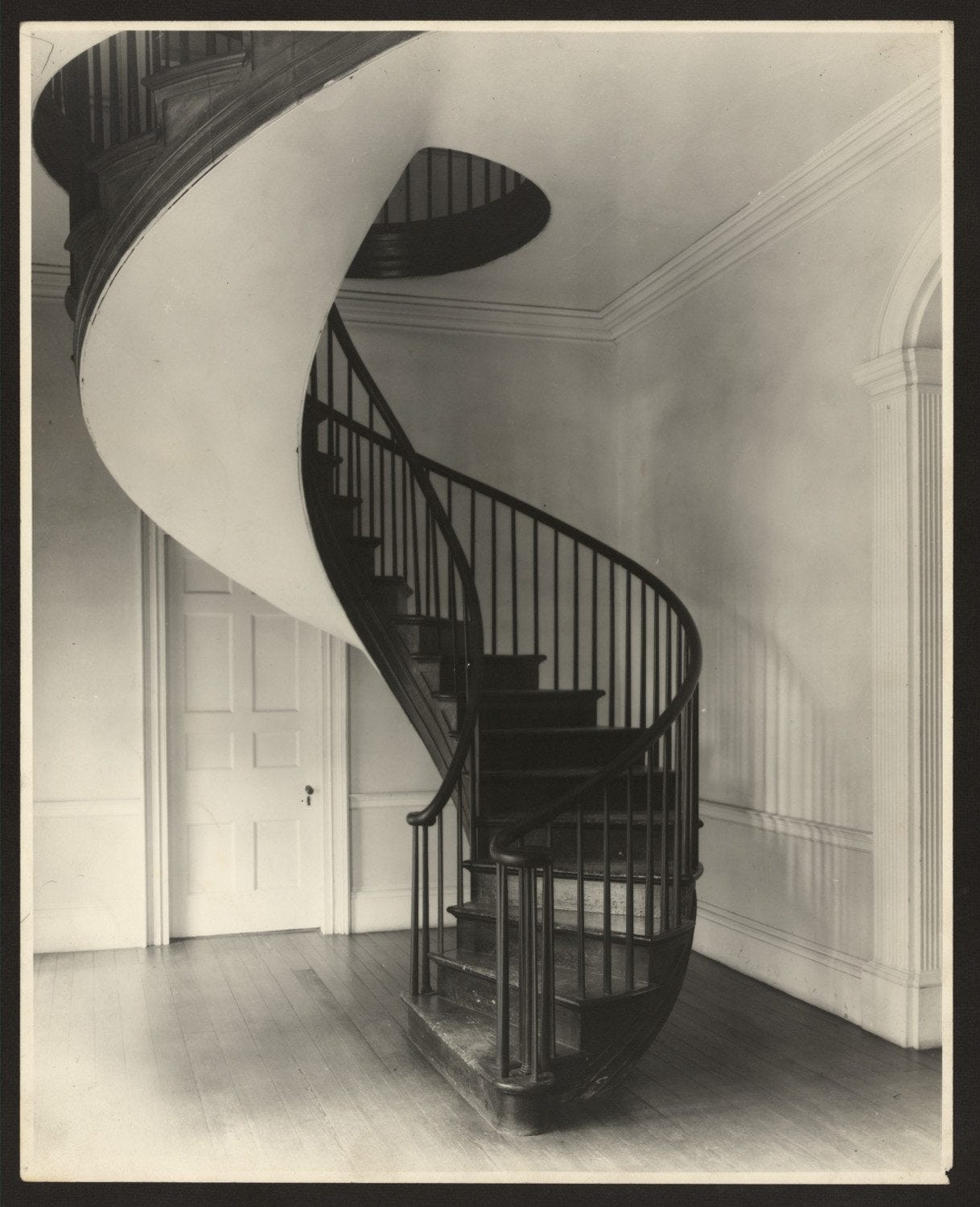
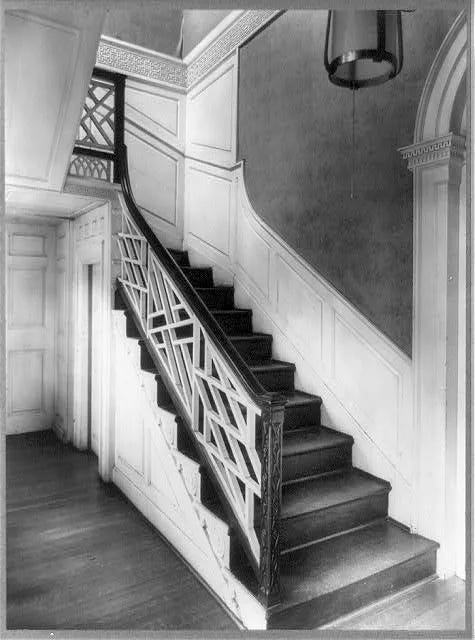

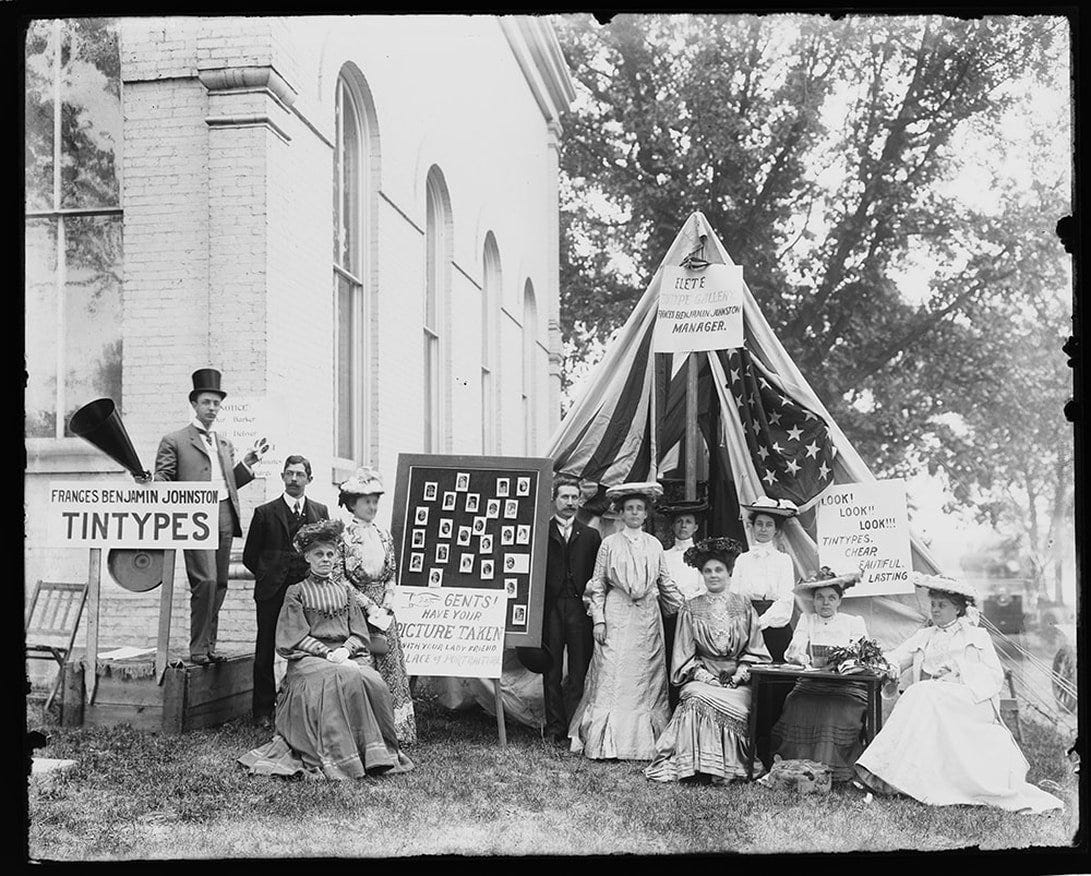

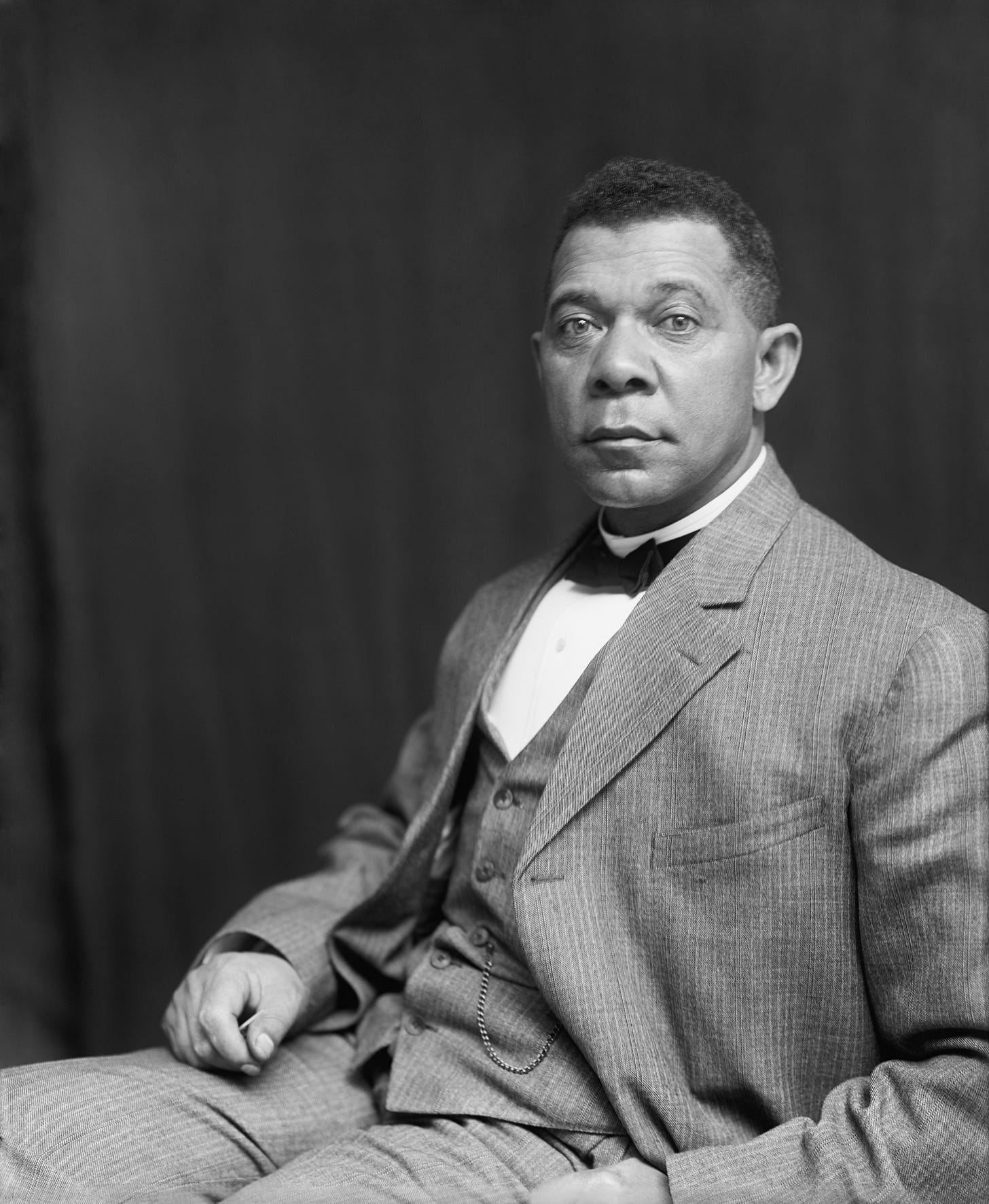
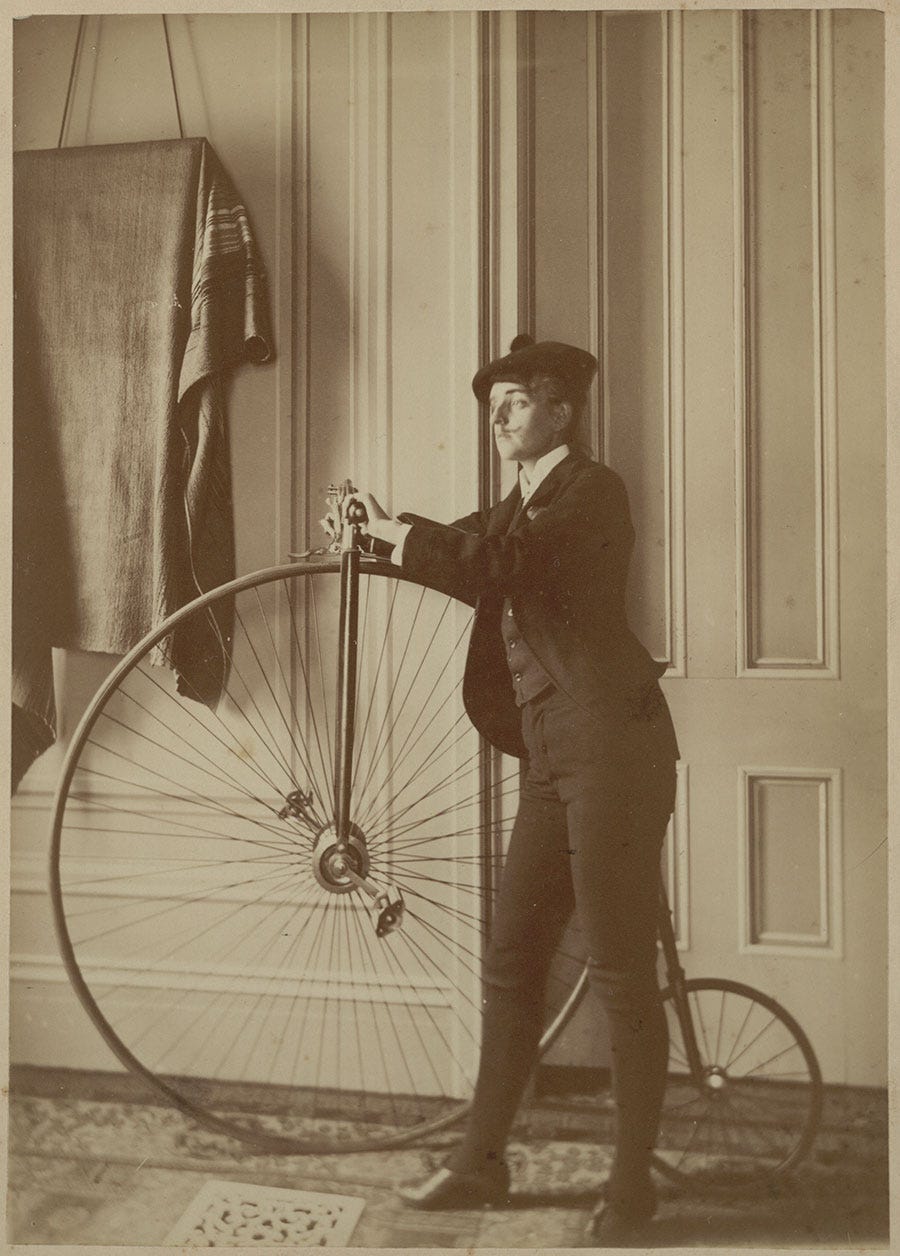

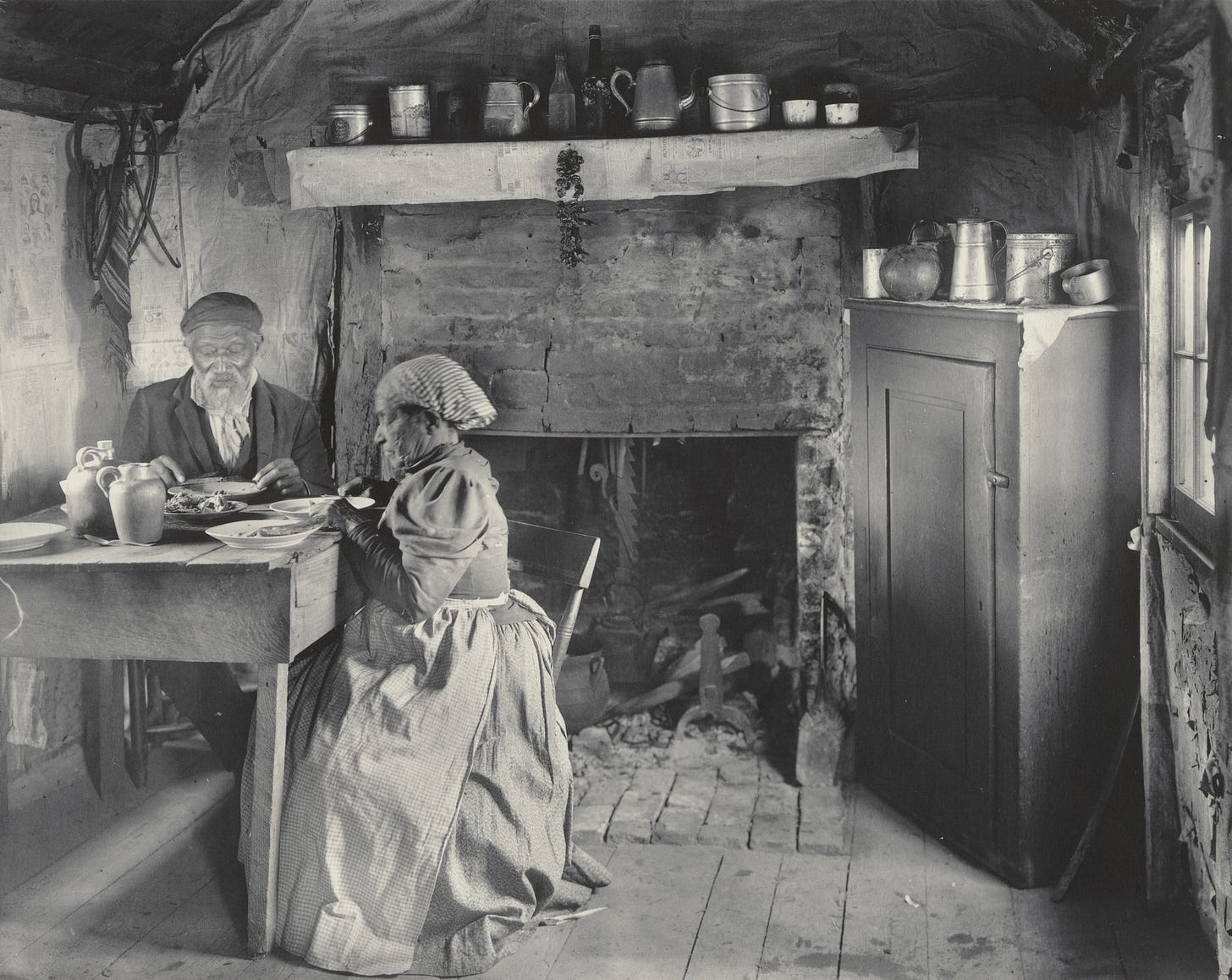

Wow! This was excellent. I wasn‘t familiar with her, but I am glad you wrote about her. What an impressive woman. I love that photograph of the two women kissing!
And I know what you mean, it is really difficult to do these people and their interesting lives and career justice in these rather short posts. I made the same experience writing about Cunningham whose career spanned over seven decades.
But you did a great job!
And thank you, for including my post here! I really appreciate it!
Excellent discovery!